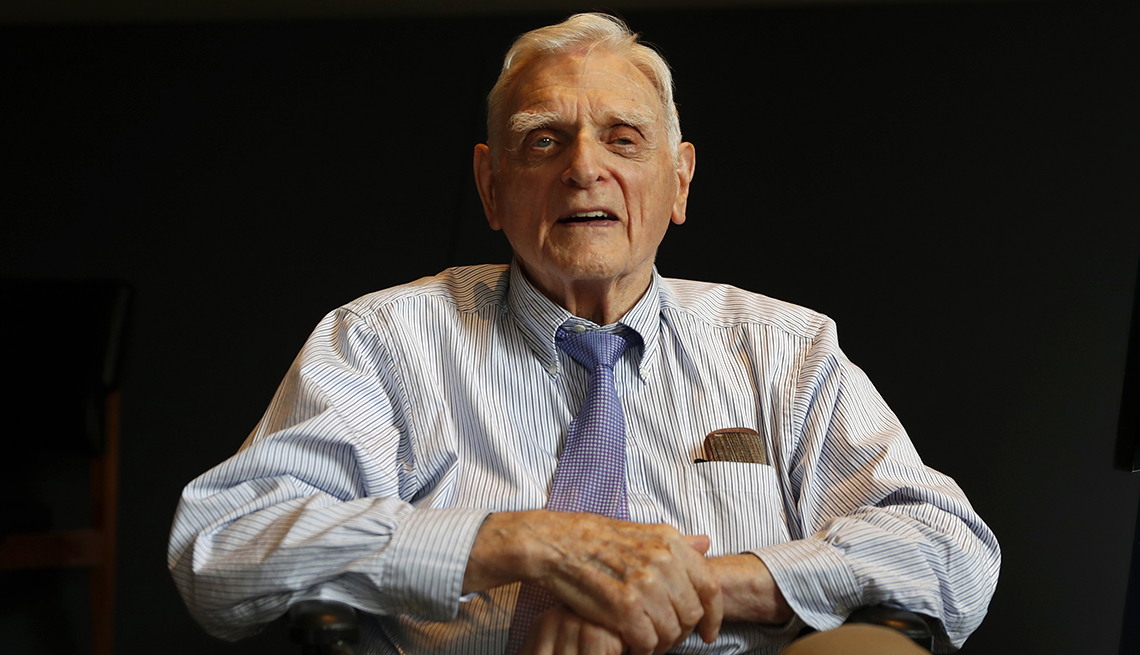Staying Fit
When John Goodenough talks about the latest discovery to come out of the lab that he has overseen for more than 30 years at the University of Texas at Austin, his excitement is palpable. “I believe we have a major, major breakthrough that we've patented,” the 97-year-old inventor said.
The claim is hard to ignore coming from the man who, in 1980, helped invent the lithium-ion battery that's now found in nearly all portable electronics — an invention that earned Goodenough and two others the Nobel Prize in Chemistry this week. Goodenough is the oldest person to receive the award.


AARP Membership— $12 for your first year when you sign up for Automatic Renewal
Get instant access to members-only products and hundreds of discounts, a free second membership, and a subscription to AARP the Magazine.
His hope is that the newfangled battery generated in his lab will reduce the country's dependence on fossil fuels and the greenhouse gases that are created as those fuels are converted to electricity. His goal is simple: to leave behind a cleaner, better world.


At an age when most are long-since retired, Goodenough has no plans to step down — nor is he cutting back on his 48-hour work week. Two major recent developments — the death of his wife Irene (they were together for 65 years when she died in 2016), and the arthritis that prevents him from mountain climbing and gardening, two outdoor activities he loved doing in the past — only fuel his desire to spend more time in the lab.
"I enjoy the company and interaction of people at work,” he said. But Goodenough, a man whose religious beliefs are as strong as his scientific ones, considers his career a calling of sorts. “I think that everybody needs to find meaning in life. I was hoping to do something that serves the needs of society,” he said.
On a typical day, Goodenough rises at 5:30 a.m. and, after eating breakfast, heads to work. He remains an adventurous eater, a trait that comes from years of sampling cuisines during his travels in Europe, Japan and other countries. “I haven't tried snake, dog or sheep's eyeballs, but otherwise, I eat most everything,” he said. (Everything, that is, except too much salt and sugar.)
On most nights, Goodenough turns in by 9:30 p.m. But his sleep isn't always sound. Goodenough says that he dreams. A lot. “Some [dreams], as Freud says, are your subconscious or your indigestion coming up to talk to you. Others give you some insights,” he said. Goodenough's likely fall into the latter camp.







































































